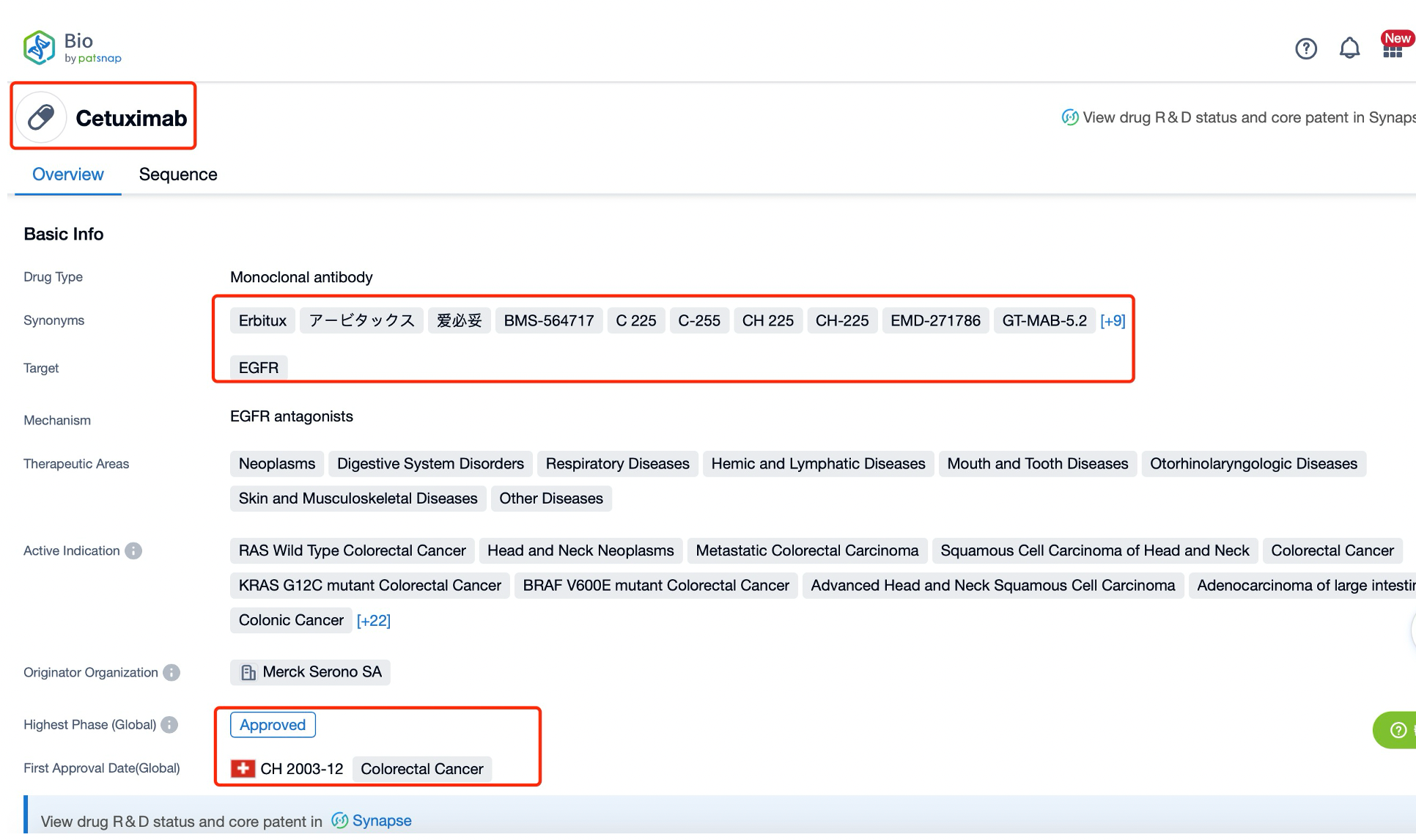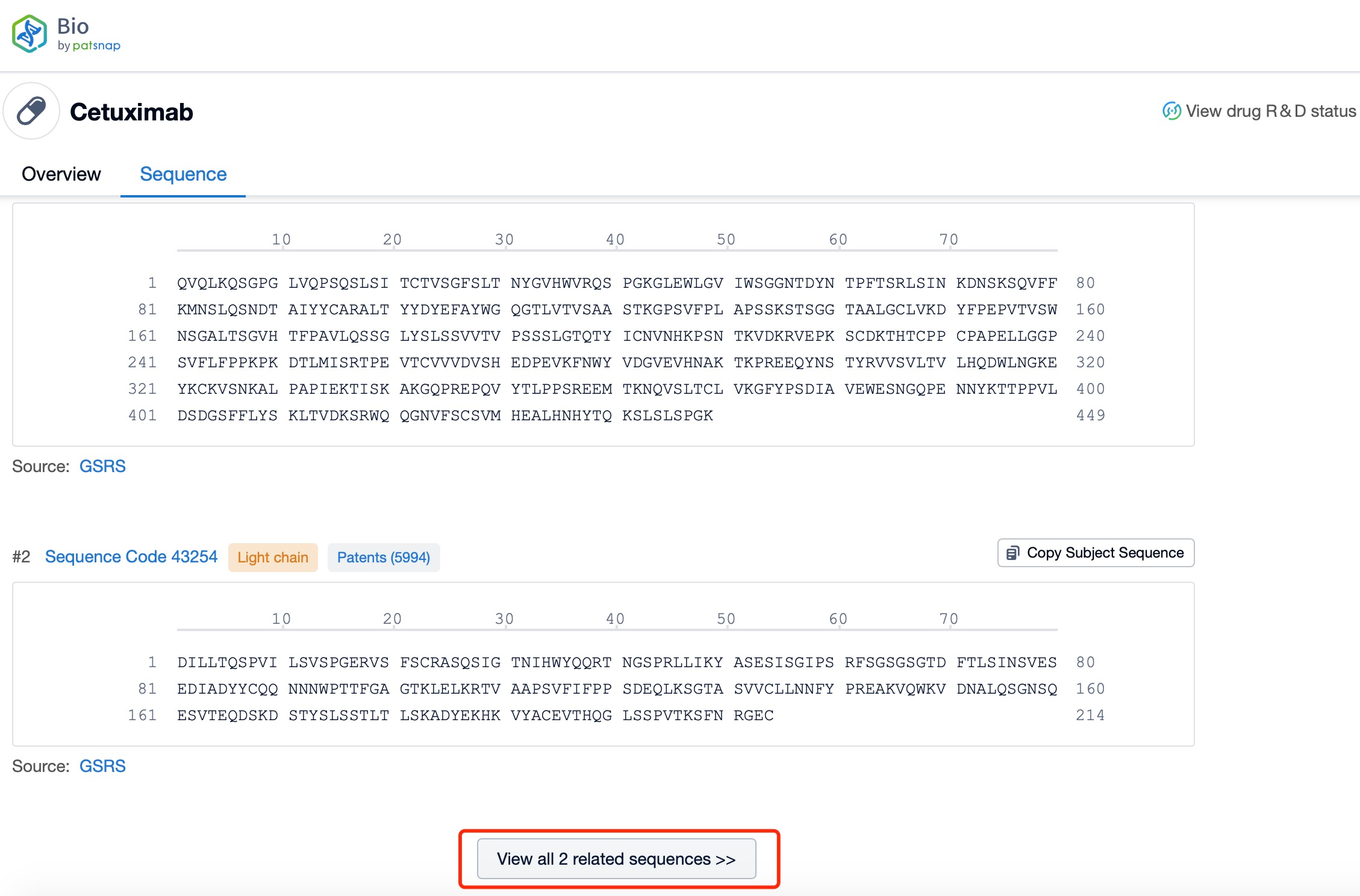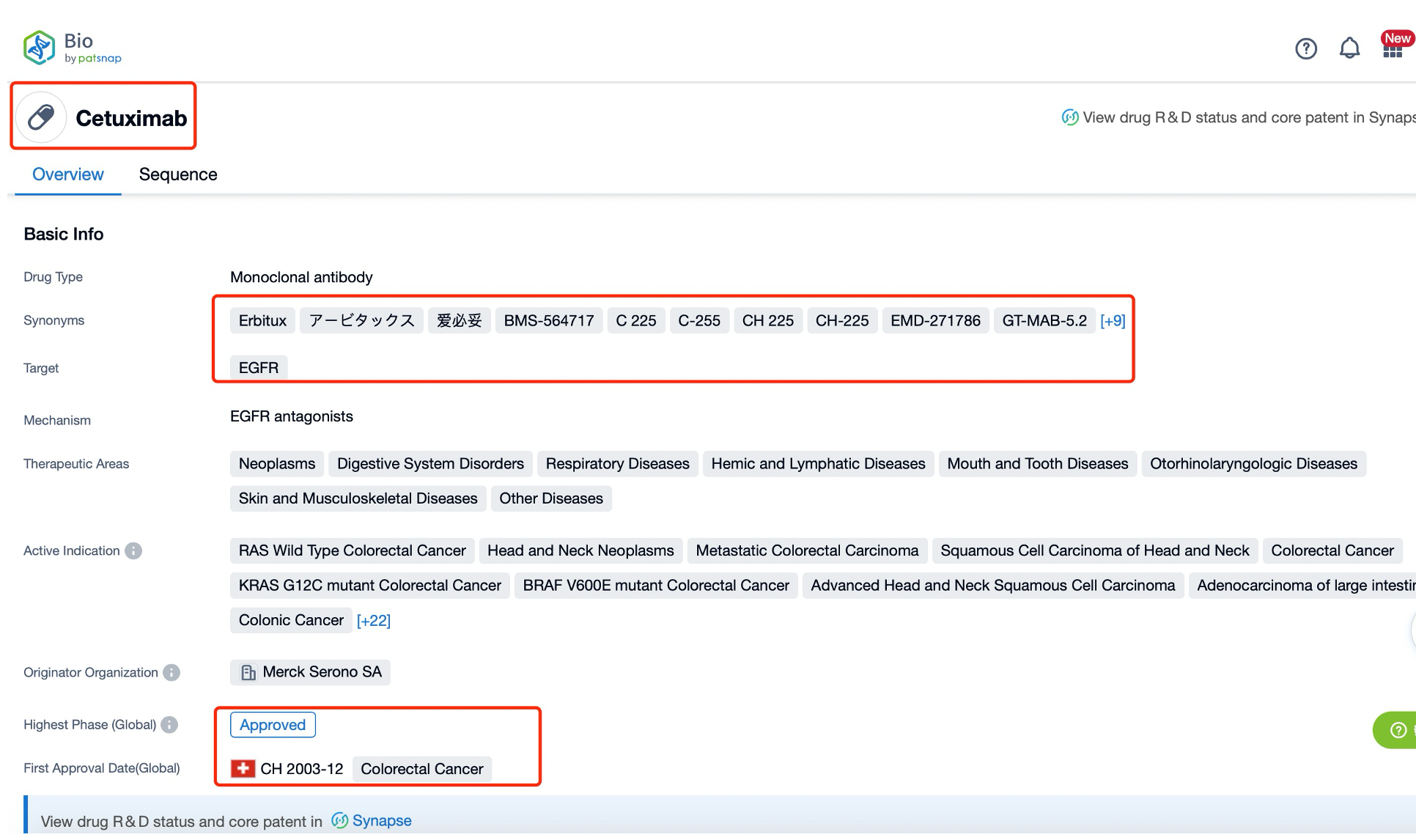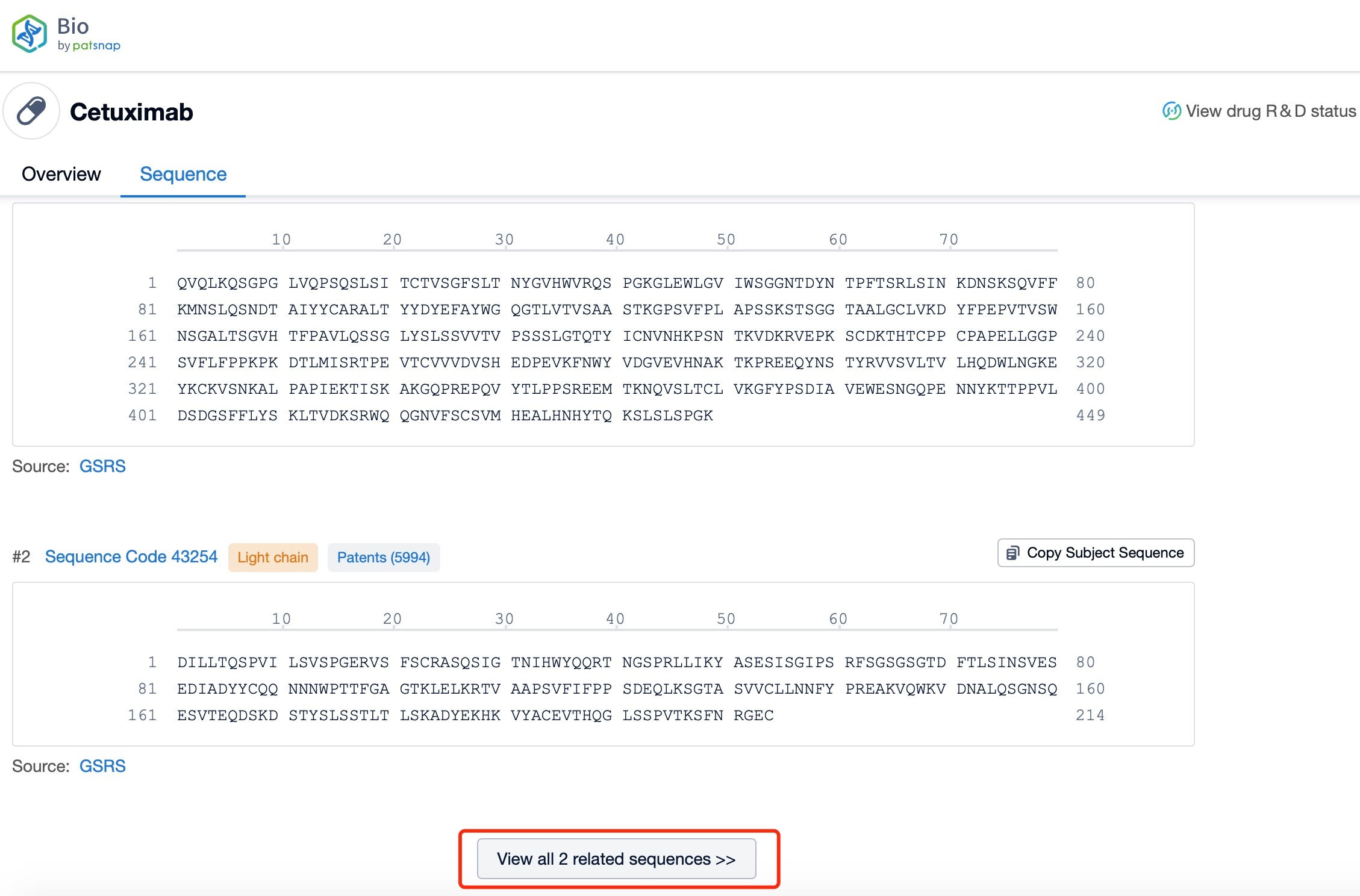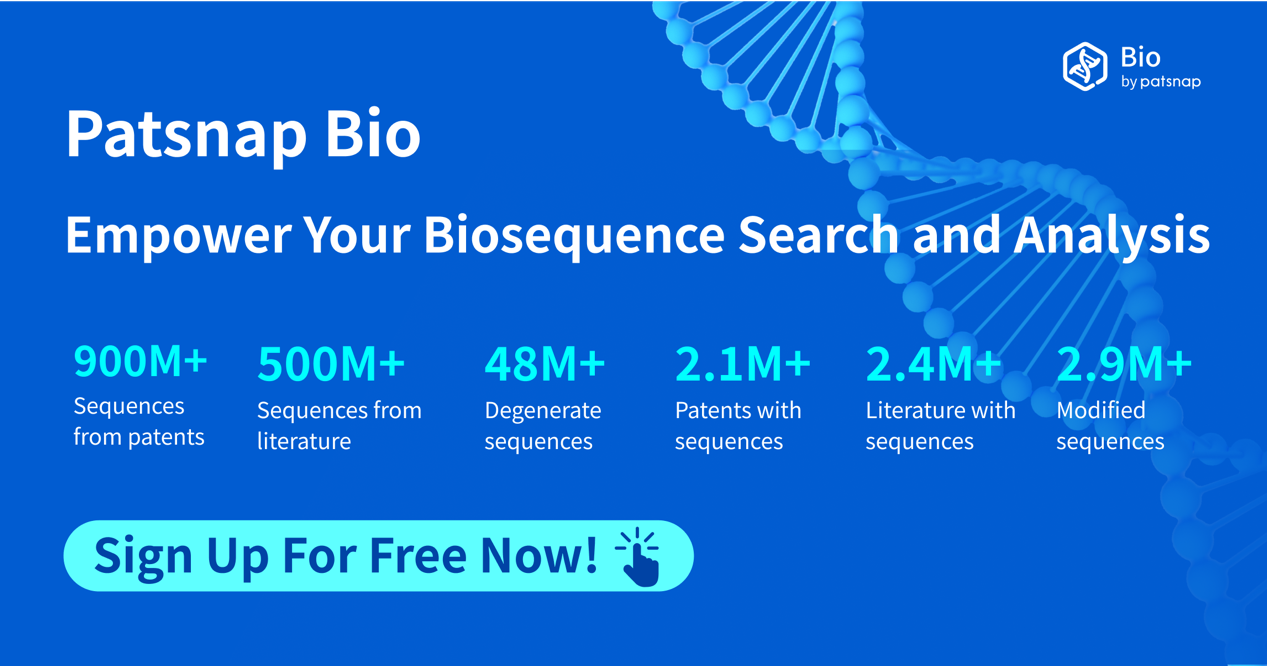How to find the structure and classification of Cetuximab?
Cetuximab is a chimeric monoclonal antibody that targets the epidermal growth factor receptor (EGFR). Developed by ImClone Systems, now a subsidiary of Eli Lilly and Company, Cetuximab is classified as a therapeutic protein and is primarily indicated for the treatment of metastatic colorectal cancer (mCRC) and head and neck squamous cell carcinoma (HNSCC). It is often used in combination with other treatments, such as chemotherapy and radiation therapy, to enhance therapeutic efficacy.
Summary of Research Progress:
The research progress of Cetuximab has been extensive and impactful. Its mechanism of action involves binding to the extracellular domain of EGFR, preventing the binding of epidermal growth factor (EGF) and other ligands. This inhibition blocks the activation of downstream signaling pathways, such as the mitogen-activated protein kinase (MAPK) and phosphatidylinositol 3-kinase (PI3K) pathways, which are critical for cell proliferation, survival, and angiogenesis. By inhibiting these pathways, Cetuximab can slow down or halt tumor growth and reduce the risk of metastasis.
Globally, Cetuximab has been approved in numerous countries, including the United States, Europe, and Japan. It received FDA approval in 2004 for the treatment of mCRC and in 2006 for HNSCC. Since then, it has been widely adopted in clinical practice and has gained approvals in many other regions. The drug has also been studied for potential use in other cancers, such as lung and pancreatic cancer, although its primary indications remain mCRC and HNSCC.
The competitive landscape for Cetuximab is dynamic, with several other biologics and small molecules targeting similar pathways. Key competitors in mCRC include bevacizumab (Avastin), panitumumab (Vectibix), and ramucirumab (Cyramza). In HNSCC, competitors include nivolumab (Opdivo) and pembrolizumab (Keytruda). Despite this competition, Cetuximab has maintained a strong market presence due to its well-established efficacy and safety profile. Clinical trials have consistently shown that Cetuximab, when used in combination with other treatments, can significantly improve patient outcomes, including overall survival and progression-free survival.
Type of Immunoglobulin of Cetuximab
Cetuximab is a chimeric IgG1κ immunoglobulin. Chimeric antibodies are engineered to combine the antigen-binding variable regions from a mouse antibody with the constant regions from a human antibody. This design reduces the immunogenicity of the antibody while maintaining its therapeutic efficacy. The κ light chain is one of the two types of light chains found in immunoglobulins, the other being λ. The κ light chain is more common and provides stability and specificity to the antibody structure. 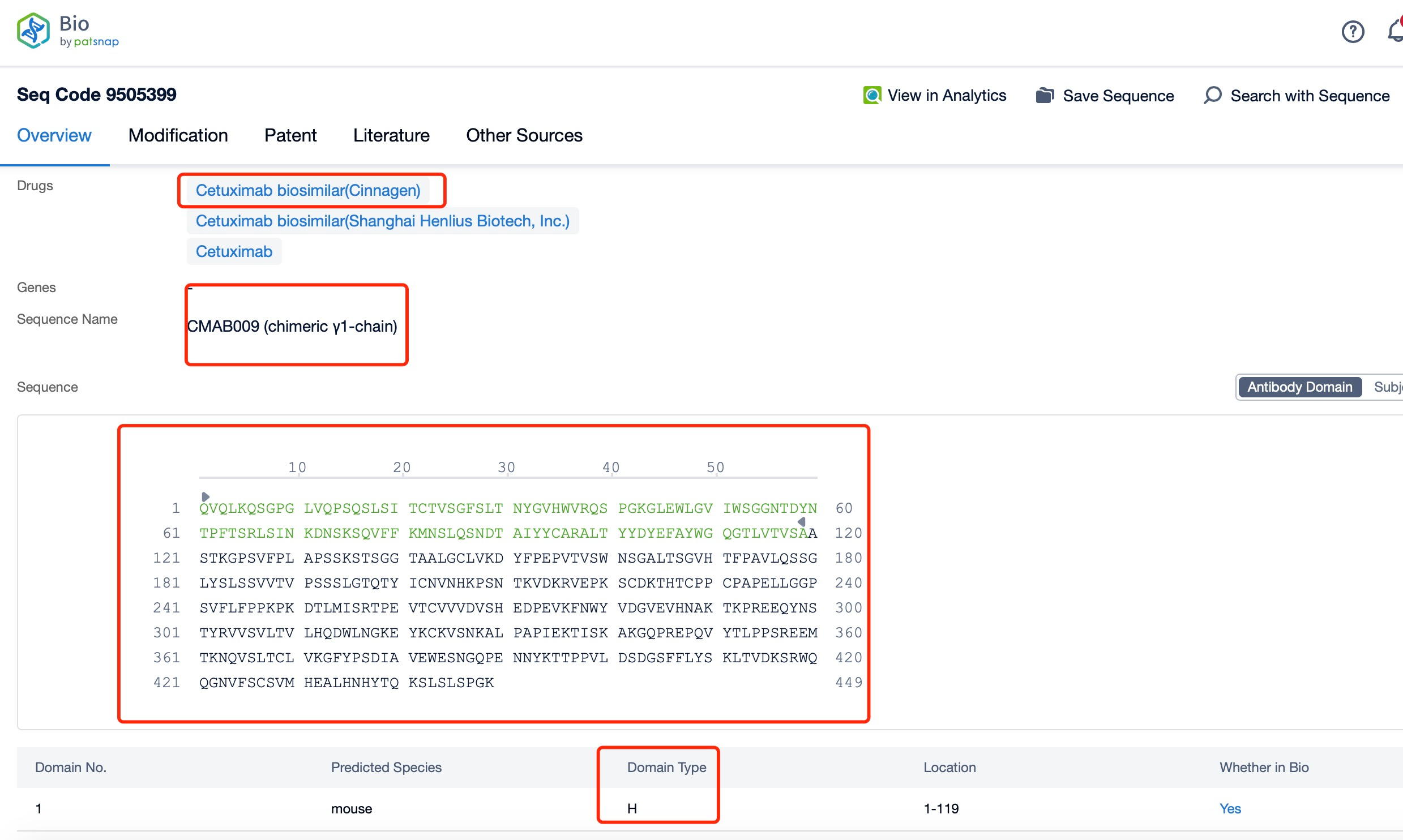
Light and Heavy Chains and Structural Characteristics of Cetuximab
The heavy chain of Cetuximab is a chimeric IgG1 molecule, which consists of four domains: variable (VH), constant 1 (CH1), constant 2 (CH2), and constant 3 (CH3). The VH domain is responsible for antigen binding, while the CH1 domain forms part of the Fc region, which is crucial for the antibody's effector functions. The CH2 and CH3 domains are involved in the interaction with Fc receptors and complement proteins, respectively.
The light chain of Cetuximab is a κ chain, which also consists of two domains: variable (VL) and constant (CL). The VL domain pairs with the VH domain to form the antigen-binding site, ensuring high specificity and affinity for the target antigen. The CL domain, like the CH1 domain, contributes to the stability and function of the antibody.
Structurally, Cetuximab is a well-characterized and highly specific monoclonal antibody. The variable regions of both the heavy and light chains are designed to recognize and bind to the extracellular domain of EGFR with high affinity. This binding prevents the binding of EGF and other ligands, effectively blocking the activation of downstream signaling pathways that contribute to cell proliferation, survival, and angiogenesis. The constant regions of the heavy and light chains provide additional functional properties to Cetuximab. The Fc region, composed of the CH2 and CH3 domains, is capable of engaging Fc receptors on immune cells, leading to various effector functions such as antibody-dependent cell-mediated cytotoxicity (ADCC) and complement-dependent cytotoxicity (CDC). These functions enhance the therapeutic potential of Cetuximab by facilitating the clearance of targeted cells and modulating the immune response.
Summary and Prospect
In summary, Cetuximab is a chimeric monoclonal antibody that targets the epidermal growth factor receptor (EGFR), making it a valuable therapeutic option for the treatment of metastatic colorectal cancer and head and neck squamous cell carcinoma. Its mechanism of action involves binding to the extracellular domain of EGFR, preventing the binding of EGF and other ligands, and blocking downstream signaling pathways that contribute to tumor growth and metastasis. Cetuximab has been approved globally for multiple indications and has maintained a strong market presence due to its well-established efficacy and safety profile. As a chimeric IgG1κ immunoglobulin, Cetuximab exhibits well-defined structural characteristics that contribute to its high specificity and efficacy. The heavy and light chains, with their respective variable and constant domains, ensure precise antigen binding and robust effector functions, making Cetuximab a valuable and effective treatment for a range of cancers. Future research and development efforts will likely focus on optimizing its delivery methods, exploring new indications, and enhancing its therapeutic benefits for patients.
How to find the structure and classification of antibody drugs?
In Patsnap Bio, you can find the sequence and latest research and development advances of all antibody drugs.
Taking Cetuximab as an example, first click on the Drug/Gene Index on the Patsnap Bio homepage. Here you can search for sequence information by drug and gene names. Enter ' Cetuximab ' in the search box and click to view the details. On the details page, you can find the basic information and research progress of Cetuximab.
Click "View all related sequences" below the sequence information to search for and retrieve all biological sequences similar to this information.
Clicking on the sequence name will provide you with all the basic information of that sequence. Here, you can easily query the sequence and action of the light and light chains of antibodies.
Patsnap Bio helps you turn weeks into minutes with cutting-edge AI-enabled tools built to master the complexities of sequence retrieval and automate IP analysis with precision and ease.
